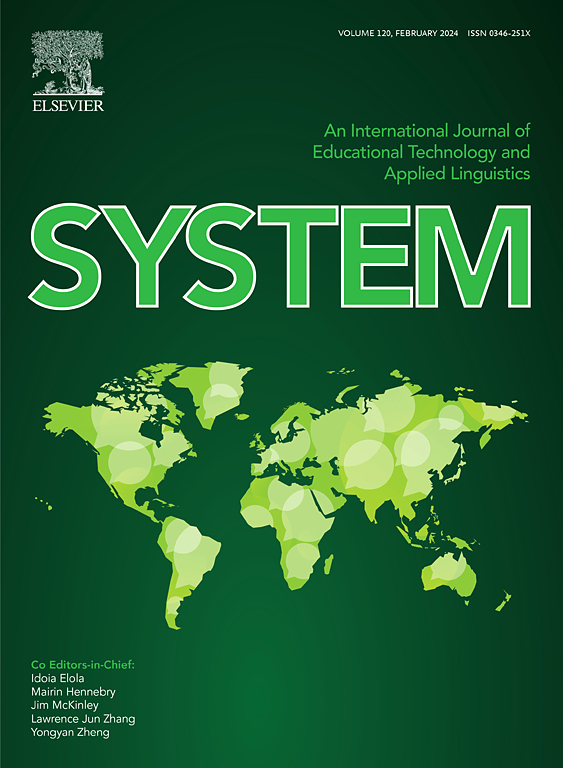草并不总是更绿:教师与 GPT 辅助书面纠正反馈的对比
IF 4.9
1区 文学
Q1 EDUCATION & EDUCATIONAL RESEARCH
引用次数: 0
摘要
书面批改反馈(WCF)是一种重要的教学实践,教师通过批改学生的作文来纠正错误和提高语言技能。然而,先进的生成人工智能和大型语言模型(特别是 ChatGPT)的出现,为此类教育任务的自动化带来了新的可能性。GPT 模型具有转换器架构和自我关注机制,可以执行复杂的自然语言任务,包括协助教师提供 WCF。本研究对教师和 ChatGPT 制作的 WCF 进行了比较,考察了它们各自的能力,同时发现了它们在反馈实践中的差异。研究结果表明,教师提供的 WCF 通常包括直接纠正和间接反馈形式的一致组合,以解决局部和全局问题,尽管存在一定程度的不准确性。ChatGPT 辅助的 WCF 往往采用金属语言反馈和/或重新表述原文的形式。然而,即使在同一文本上使用相同的提示,GPT 在提供 WCF 的整个方法上也经常出现差异,在某些情况下还会提供语法准确但多余的 WCF。我们将讨论这些发现对 L2 写作实践的影响。本文章由计算机程序翻译,如有差异,请以英文原文为准。
The grass is not always greener: Teacher vs. GPT-assisted written corrective feedback
Written Corrective Feedback (WCF) is a crucial pedagogical practice where teachers annotate student writing to correct errors and improve language skills, albeit one that is time-consuming and laborious for large classes or under time constraints. However, the advent of advanced generative artificial intelligence and large language models, specifically ChatGPT, has introduced new possibilities for automating such educational tasks. GPT models with their transformer architecture and self-attention mechanism can perform complex natural language tasks including assisting teachers in providing WCF. This study compares the WCF produced by teachers and ChatGPT, examining their respective capabilities while identifying differences in their feedback practice. Findings reveal teacher provided WCF typically involves a consistent combination of direct correction and indirect feedback forms addressing both local and global issues, albeit with a degree of inaccuracy. ChatGPT-assisted WCF tends to be in the form of metalinguistic feedback and/or reformulation of the original text. However, GPT also frequently varies in its entire approach to WCF provision even when using the same prompt on the same text, while also providing grammatically accurate yet redundant WCF in certain cases. We discuss the implications of these findings for L2 writing practice.
求助全文
通过发布文献求助,成功后即可免费获取论文全文。
去求助
来源期刊

System
Multiple-
CiteScore
8.80
自引率
8.30%
发文量
202
审稿时长
64 days
期刊介绍:
This international journal is devoted to the applications of educational technology and applied linguistics to problems of foreign language teaching and learning. Attention is paid to all languages and to problems associated with the study and teaching of English as a second or foreign language. The journal serves as a vehicle of expression for colleagues in developing countries. System prefers its contributors to provide articles which have a sound theoretical base with a visible practical application which can be generalized. The review section may take up works of a more theoretical nature to broaden the background.
 求助内容:
求助内容: 应助结果提醒方式:
应助结果提醒方式:


